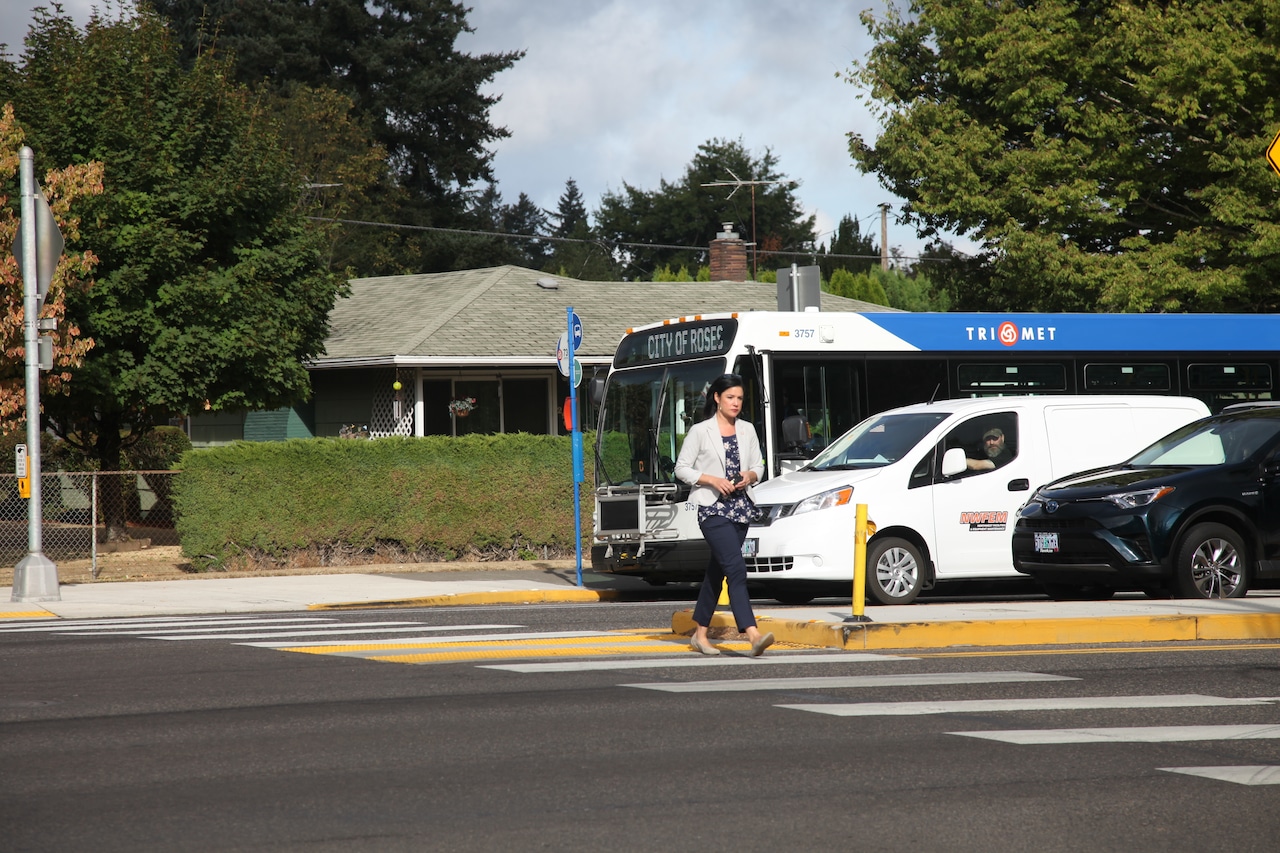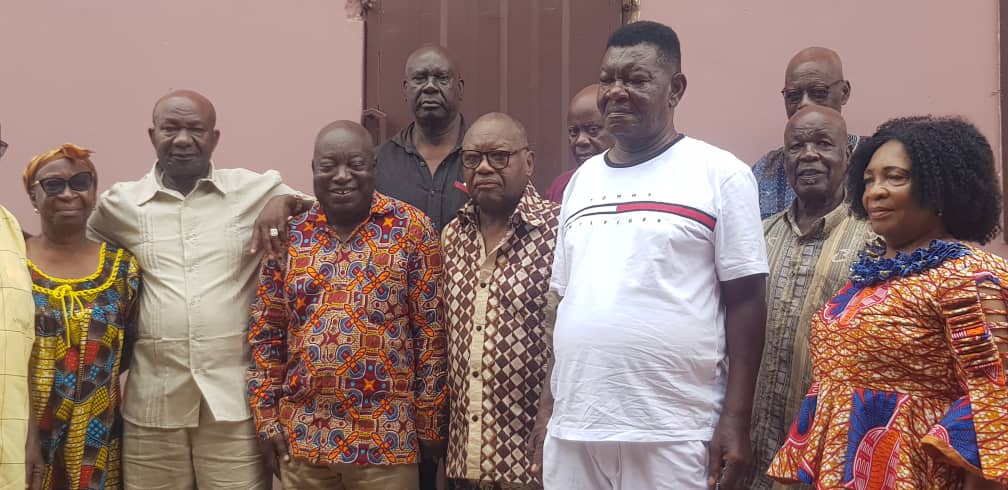
Mark Gamba and Sarah Iannarone
For The Oregonian/OregonLive
Gamba is a Democrat representing House District 41-Milwaukie in the Oregon Legislature and serves on the Joint Committee on Transportation. Iannarone is executive director of The Street Trust and chairs Oregon’s Jurisdictional Transfer Advisory Committee.
This week, the Oregon Legislature passed a stopgap transportation budget fix intended to prevent layoffs at the Oregon Department of Transportation and buy time for a more permanent solution. It is temporary in every sense. While we are relieved that the bill’s passage will preserve critical agency jobs and some transit service for now, it does little to prepare Oregon for the mounting challenges ahead: deep federal cuts, revenue shortfalls, economic stagnation, rising costs, traffic deaths and global warming.
If we are serious about protecting our economy, our environment and the pocketbook of every Oregonian, we cannot keep plugging holes and calling it progress. Oregon must invest strategically in critical infrastructure and soon.
The stakes are high. We are living through a public health crisis of traffic deaths and serious injuries. Federal funding is rapidly eroding, with the U.S Department of Transportation threatening to eliminate funding for transportation services and infrastructure. Meanwhile, economists warn of a looming “doom loop” for Oregon—a spiral of stagnated growth, declining services and disinvestment in the public realm. It is not hard to connect the dots. Without strategic transportation investments, Oregon will not be self-sufficient or break the cycle.
Stopgap measures are no substitute for real investment. While the legislation brings in new tax revenue for state and local governments to spend on road maintenance and other operations, the funding bump in House Bill 3991 for transit sunsets after 2027. It also freezes school safety programs at current levels and zeroes out Oregon’s Great Streets initiative to improve main streets statewide.
Our failure to fully fund transportation in 2025 will mean fewer buses running on time, fewer kids safely walking to school, more freight stuck in congestion and fewer communities with safe, vibrant main streets that support small and local businesses and tourism. It means more preventable crashes and fatalities and less trust in public agencies to deliver on their promises.
This is especially dangerous because transportation investments are not just expenses: They are one of the most powerful economic tools we have. Unlike large highway expansions that take years and often generate mixed economic returns, local multimodal street projects put Oregonians to work fast, support our firms and deliver high-impact improvements where people actually live and travel. Safe streets, sidewalks, crosswalks, trails and frequent, reliable transit create economic stability while also supporting housing goals, emission reductions and public health.
That’s why Oregon needs to make the coming year a turning point, treat the need for innovative ways to fund transportation as a great opportunity and begin laying the groundwork for a strategic investment package in 2027.
As vehicles become more fuel-efficient and consumer behavior shifts, the gas tax has become both inequitable and insufficient. We need a planned, strategic transition to new tools for raising revenue that reflect modern values and technology – tools that are fair, sustainable and not reliant on federal funding.
Second, we must stop treating transportation, climate action and affordable housing as separate issues. Smart infrastructure investment is the thread that weaves them together. When we adequately fund transit, safe routes for walking and biking and better connections between housing and jobs, we reduce carbon emissions, support compact development and give people more housing choices and freedom of mobility.
Third, Oregon must restore predictability to our transportation system. Agencies need to be able to hire and train staff, execute long-term capital plans and deliver services without fear of a funding cliff every few years. That predictability is not just good for the government, it’s essential for communities trying to build their futures.
Finally, we must actively reject the politics of scarcity that threaten to define this moment. Our communities deserve better than austerity masked as fiscal responsibility. With the right strategy, Oregon can deliver safer streets, cleaner air, more reliable service and greater economic opportunity. We have the talent. We have the data. We know what works. All we are lacking is the political will.
This stopgap budget bill may have been necessary to keep the lights on at ODOT but it cannot be the end of the conversation: it must be the beginning of a serious, statewide investment in building a resilient, equitable and forward-looking transportation system for generations to come.



